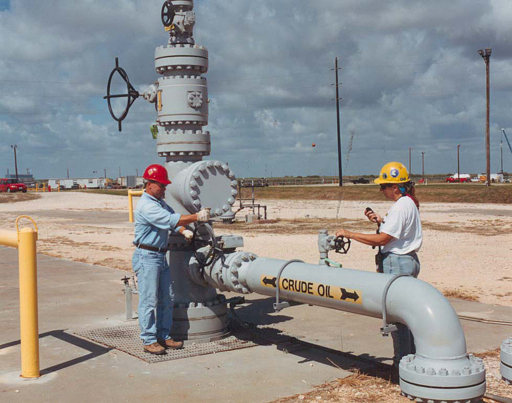The world’s 20 largest fossil fuel producing countries are on track to produce more than twice the amount of coal, oil and gas in 2030 than would be consistent with the global goal to limit warming to 1.5° Celsius (2.7° Fahrenheit), according to the new Production Gap Report 2025. The 2025 report updates an earlier 2023 analysis of each country’s plans and projections for fossil fuel production and compares them with what’s needed to limit warming. Together, the 20 countries analyzed account for more than 80% of global fossil fuel production and 70% of consumption. The 1.5°C goal was established a decade ago with the Paris climate accord. It’s the upper limit of warming that scientists say the world needs to stay below to avoid the most catastrophic climate change impacts. To meet that target, countries must dramatically reduce dependence on fossil fuels, the largest source of carbon pollution for much of the world. Yet the report finds that many governments are headed in the opposite direction. “This year’s findings are especially alarming,” Christiana Figueres, former executive secretary of the U.N. Framework Convention on Climate Change (UNFCCC), said in the report’s foreword. The UNFCCC says that “to limit global warming to 1.5°C, greenhouse gas emissions must peak before 2025 at the latest and decline 43% by 2030.” However, the new assessment projects coal production will continue to grow through 2035, while both gas and oil will continue rising until at least 2050. “If these plans are realized, fossil fuel production…This article was originally published on Mongabay
From Conservation news via this RSS feed


